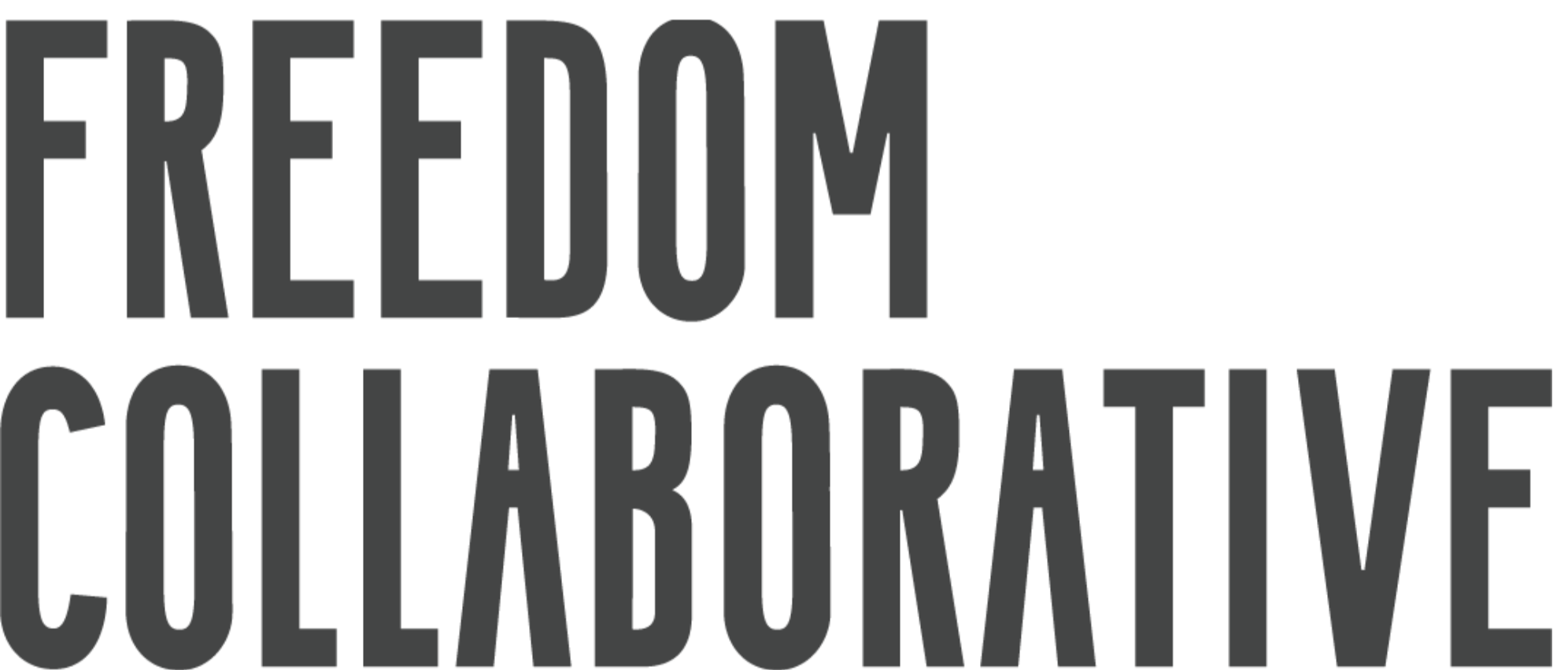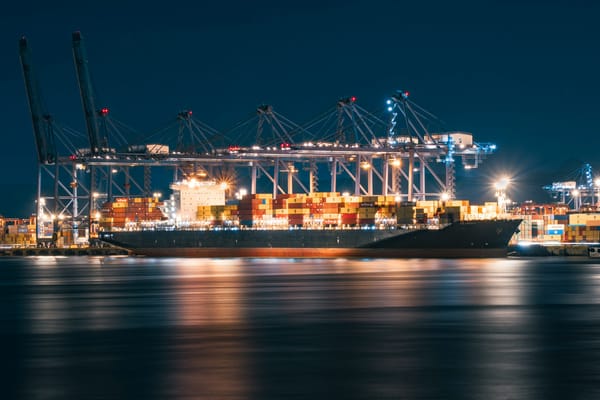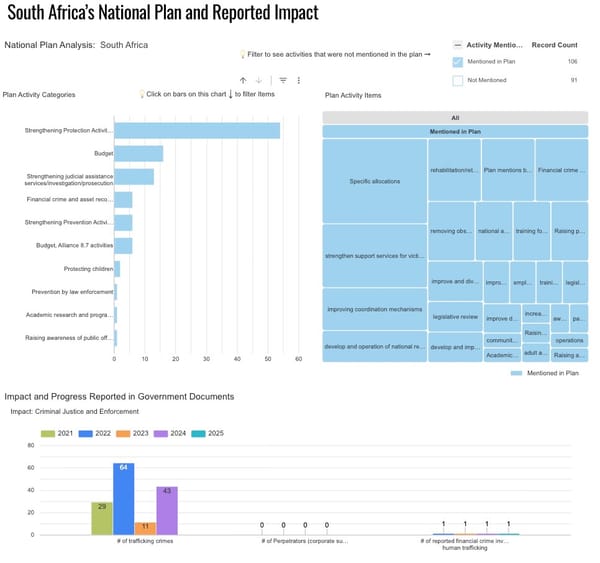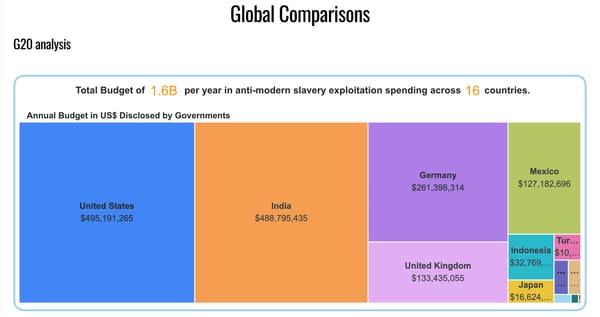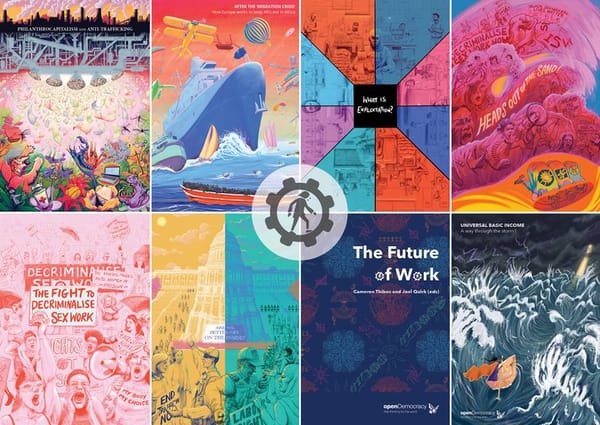Human rights advocates say import bans have long-term benefits for workers
Experts contend that forced labour bans lead to major changes in corporate behavior, a new report maps the financial ecosystem underpinning cyber-scam networks, and a project to protect workers in Cameroon centers community-led systems.
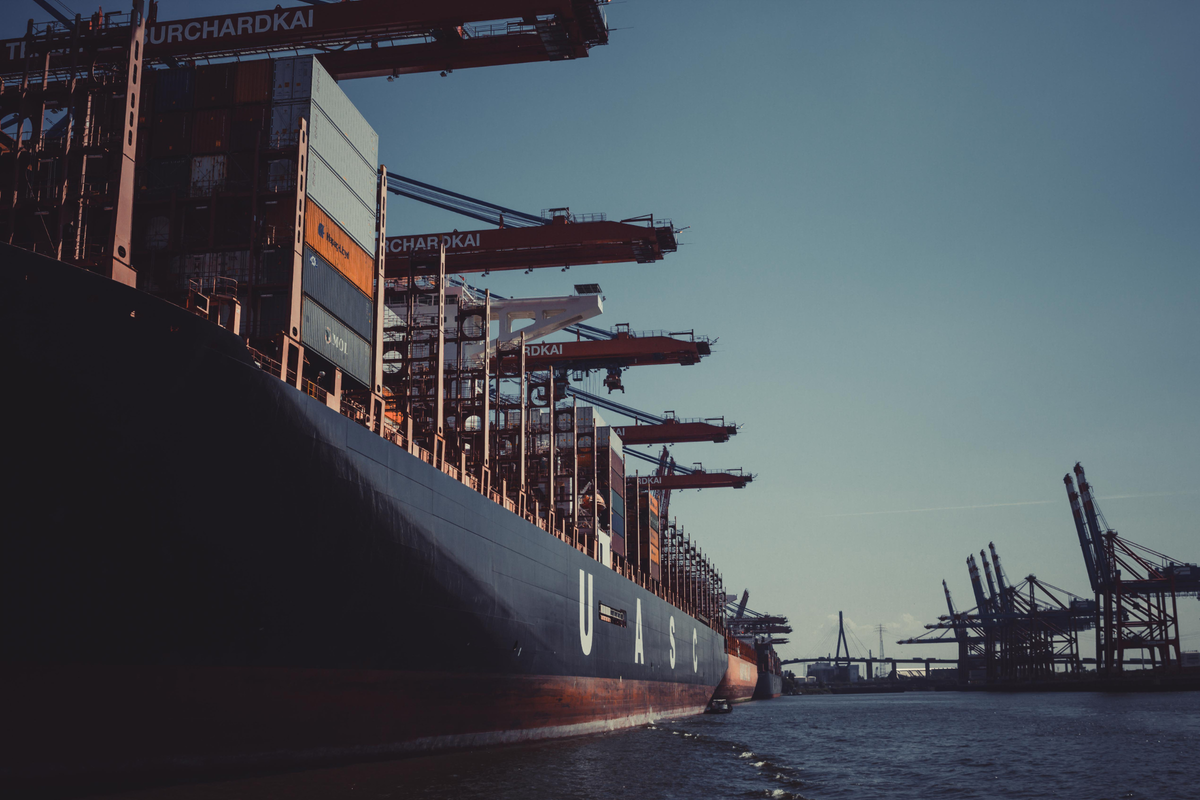
States in the Global North are designing and enforcing forced labour bans with the primary aim of protecting their own markets and workers, according to a recent article by Judy Fudge, a professor at McMaster University’s School of Labour Studies, who also contends that such bans can be harmful to the workers they are supposed to protect. In response, an article by Anasuya Syam and Martina E Vandenberg of the Human Trafficking Legal Center argues that, while not a “silver bullet”, import bans are one of the only tools in the corporate accountability arsenal with real teeth, and can punish exploiters, provide remedies to workers, and force real change.
Section 307 of the 1930 U.S. Tariff Act authorizes U.S. Customs and Border Protection (CBP) to impound goods they suspect were produced using forced labour. But it was not enacted to prevent human trafficking, says Fudge, but created to prevent unfair competition. The explicit purpose of this provision was to protect U.S. producers and workers from being undercut by foreign suppliers importing goods made cheap by forced labour.
While the Obama administration amended the law to target forced labour globally, the protectionist origins of section 307 remained and the first Trump administration directed CBP to enforce it more stringently, particularly against Chinese imports, Fudge notes. It also used its economic muscle to persuade Canada and Mexico to implement forced labour import bans. Meanwhile, the 2021 Uyghur Forced Labor Prevention Act (UFLPA), signed into law by President Biden, further impeded the import of Chinese goods.
Fudge’s article also suggests that the EU adopted a regulation prohibiting products made with forced labour from the single market due to fears of the U.S.’s retreat from multilateralism and the rise of China, as well as pressure from civil society organizations, reinforcing the idea that states in the Global North are designing and enforcing forced labour bans with the primary aim of protecting their own markets and workers.
However, this critique does little to acknowledge the concrete impact of import bans: significant changes in corporate behavior, as well as tens of millions of dollars in back wages and recruitment fees returned to workers across the globe, according to Syam and Vandenberg. No other mechanism has catapulted forced labour to a serious compliance risk for companies or raised the specter of enforcement, they say. Market-based restrictions on importation of goods made with forced labour can trigger financial, legal, and reputational costs for companies that fail to address forced labour in their supply chains, and Fudge’s article fails to credit the years of rigorous, evidence-based investigations by labour rights advocates that made these victories possible, they add.
While Fudge concedes that some businesses changed their practices in the short term because of a Withhold Release Order (WRO) on their products, she notes that less is known about the long-term impacts of these measures and unintended effects that are harmful to workers. For example, there is nothing to stop a lead firm in a global supply chain from simply cutting ties with a supplier who has been issued a WRO, she says, and workers are sacrificed under this approach. They lose their jobs and wages with no guarantee that their next employer (if there is one) will be any better.
Furthermore, enforcement strategy is a matter of CBP discretion – it is not obliged to consult the workers who are alleged to have been subject to forced labour before issuing a ban, and nothing in the current law requires that provisions be made to protect workers or remediate the impacts they might experience.
Syam and Vandenberg, however, deny that import bans are designed to starve rights-violating firms into closure, noting that advocates push for companies to engage with suppliers, address internal compliance lapses, reform irresponsible purchasing practices, and negotiate with workers to eradicate abuse. Once an import ban is in place, petitioners frequently provide additional evidence to CBP to weigh in on a potential modification or revocation, they say.
And while it’s true that engagement cannot end state-imposed forced labour, more than 140 companies have been added to the UFLPA Entity List, giving Uyghur communities hope that there’s a price to pay for profiting from human suffering, they add. “And that is precisely why import bans are powerful – they exact a steep price from those who seek to profit from forced labour.”
Here’s a roundup of other noteworthy news and initiatives:
A new report by the Global Initiative Against Transnational Organized Crime (GI-TOC) maps the entire financial ecosystem underpinning cyber-scam operations in Southeast Asia, going beyond the movement of scam proceeds. It shows how payments for trafficking, worker exploitation, operational expenses, and corruption are interlinked through gateway companies and diverse financial platforms, creating a professionalized, multi-layered laundering system.
This article underscores how, despite global commitments to end modern slavery by 2030, the number of people in forced exploitation has risen to nearly 50 million, the highest level on record. It emphasizes that reversing this trend requires centering and funding local leaders who are best positioned to drive sustainable change.
This blog article from Free the Slaves describes a pilot project in Cameroon’s cocoa sector that aims to prevent forced labour through community-led vigilance committees. Working with local communities, government agencies and business partners, the initiative seeks to monitor risks, support survivors, and build sustainable systems to ensure cocoa is produced without exploitation.
The UK Home Office has launched a call for evidence to strengthen the ways in which victims of modern slavery are identified through the National Referral Mechanism. It invites input from stakeholders on definitions, early identification, and formal recognition processes to build a more accurate and effective system of protection and support.
The New Zealand Government is reforming the Crimes Act 1961 to close loopholes in trafficking and smuggling laws, citing low conviction rates despite many identified victims. The changes remove the need to prove coercion for child victims, make consent irrelevant, tighten rules on fraudulent travel documents, and strengthen protections for investigators.
A new campaign, "The Line We Don’t Cross", seeks to expose and address the growing use of sport as a cover for child trafficking, where traffickers exploit young athletes’ ambitions with false promises. The initiative promotes stronger safeguarding frameworks within sports institutions, fair and responsible recruitment practices, and practical tools for prevention and awareness, with the goal of ensuring that children can pursue sport safely and free from exploitation.
Migrasia is launching a new podcast series, "Routes to Safety", with the first episode airing on YouTube and Facebook. The premiere will focus on online scam trafficking in Indonesia, examining patterns, modus operandi and victim support, with insights from law enforcement, civil society and a survivor, with an English version available after the livestream.
The International Labour Organization and Innovations for Poverty Action invite you to participate in a survey to inform global research priorities for combating human trafficking and forced labour, helping identify crucial research questions that can lead to scalable solutions. The initiative aims to create a transparent and inclusive framework for research prioritization that maximizes the use of available resources and can be used as a tool for future resource allocation in the field. The survey is open until 15 September.
